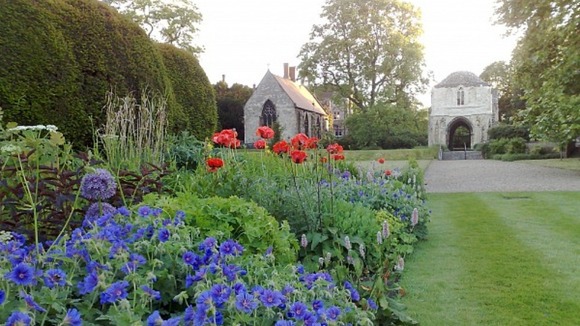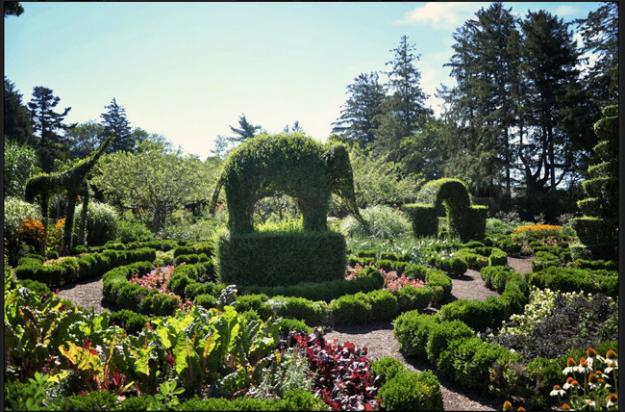The product of 30 years of research, Marilyn Brown’s Scotland's Lost Gardens: From the Garden of Eden to the Stewart Palaces rediscovers the fascinating stories of the nation’s vanished historic gardens.
Drawing on varied, rare and newly available archive material (the link is to some examples shown on the BBC's website) combined with and modern aerial photography, Brown reveals Scotland's disappeared landscapes and sanctuaries. From the monastic gardens of St Columba on the Isle of Iona in the sixth century and encompassing royal palace gardens.
What emerges is a remarkable picture of centuries of lost landscapes and a perspective of how Scotland’s garden art and cultural heritage sits within a wider European movement of shared artistic values and literary influences.
















